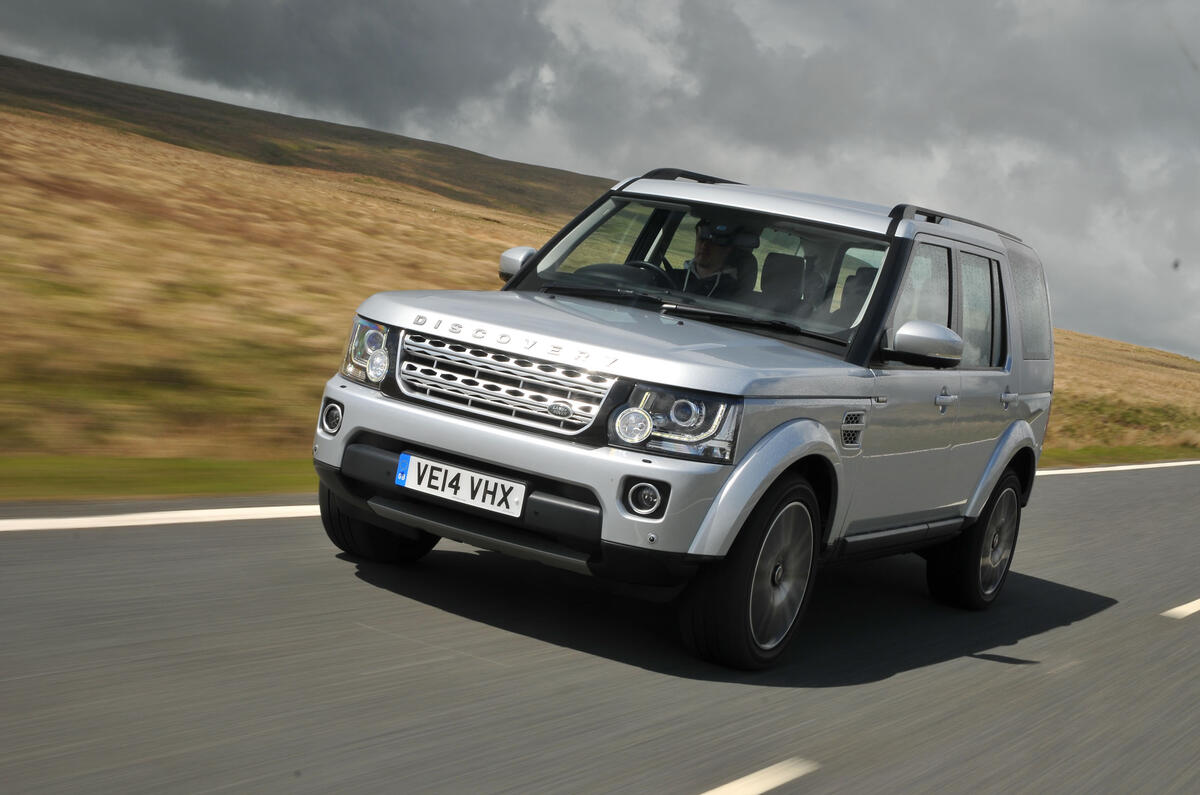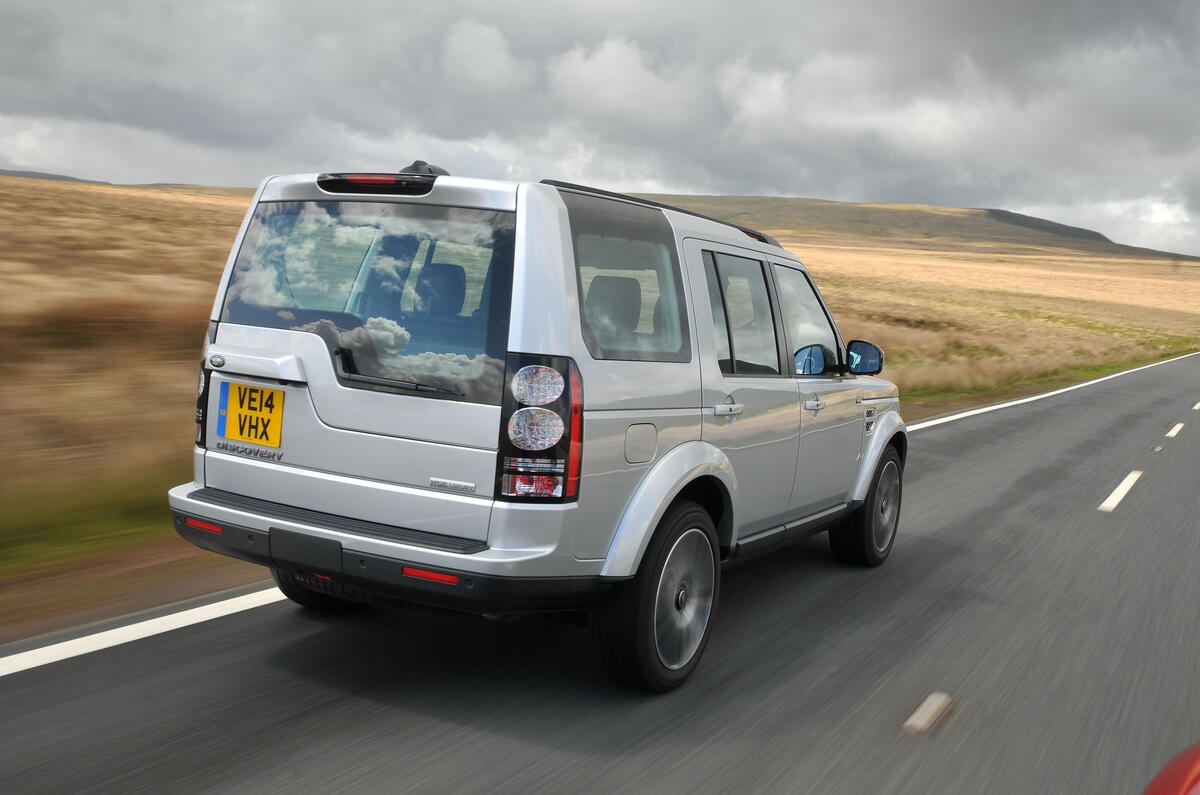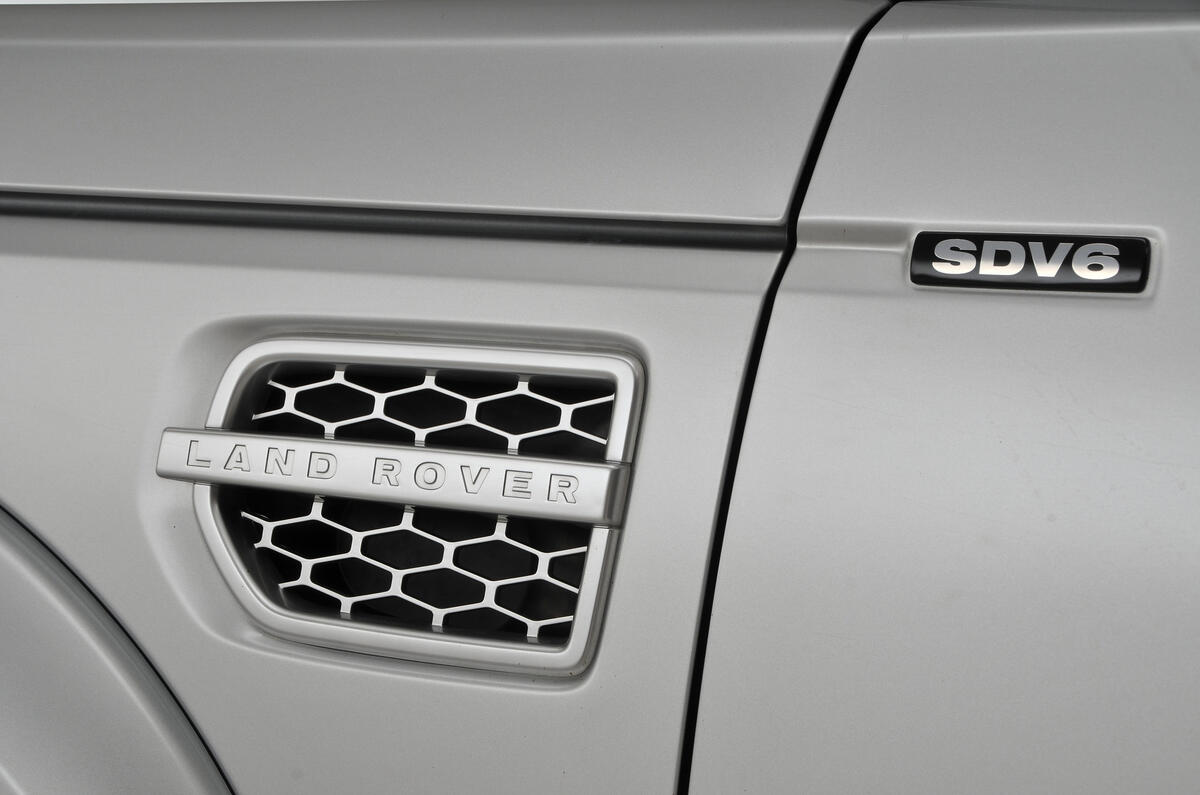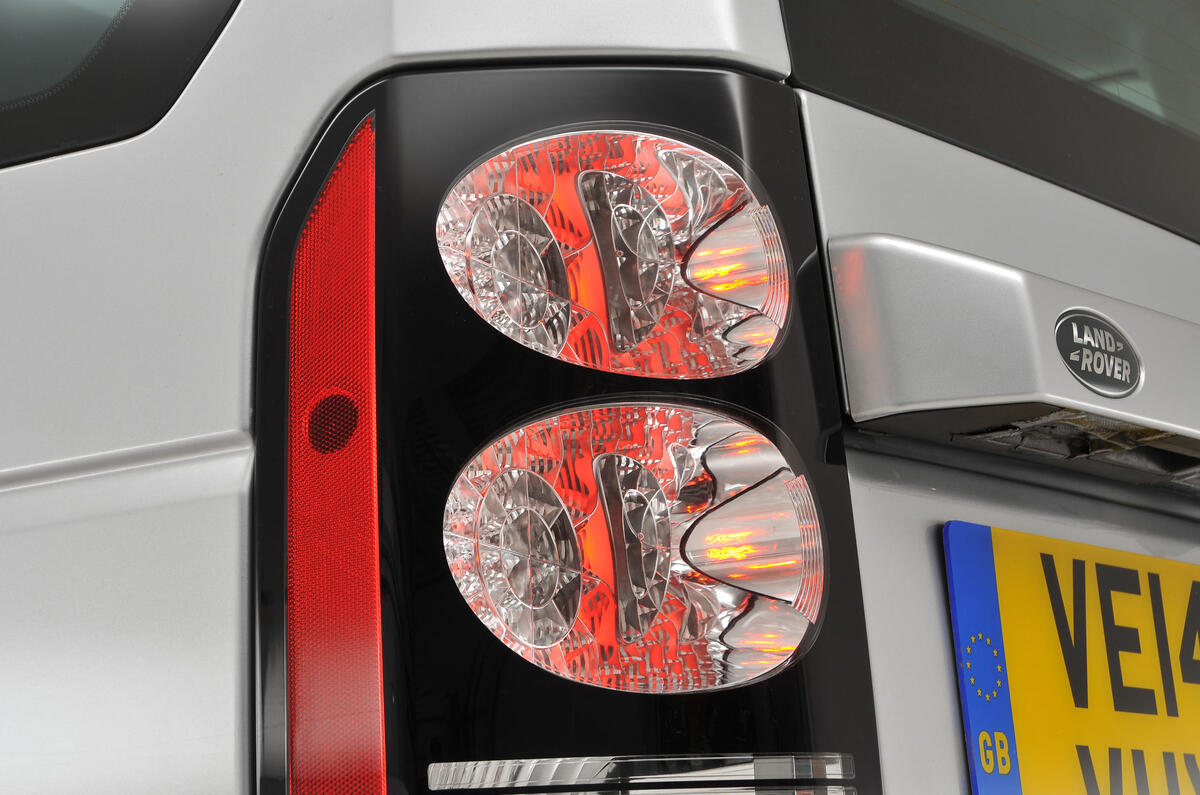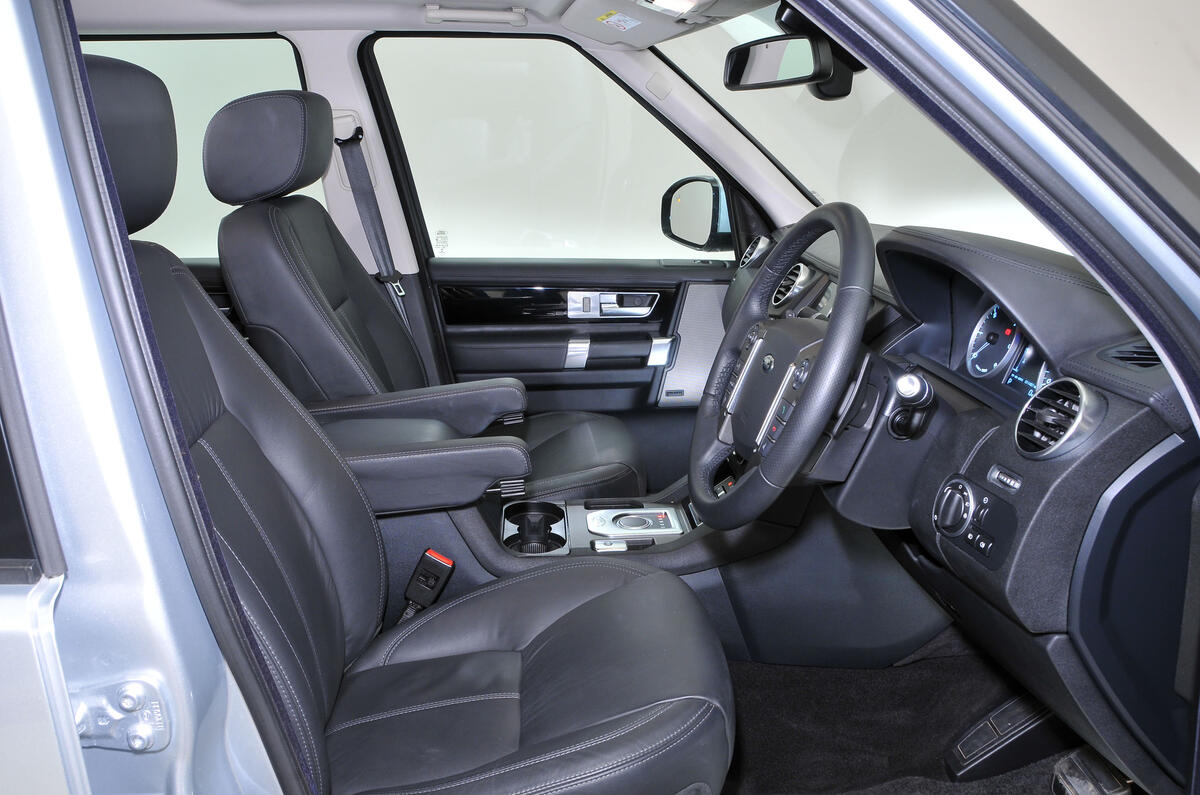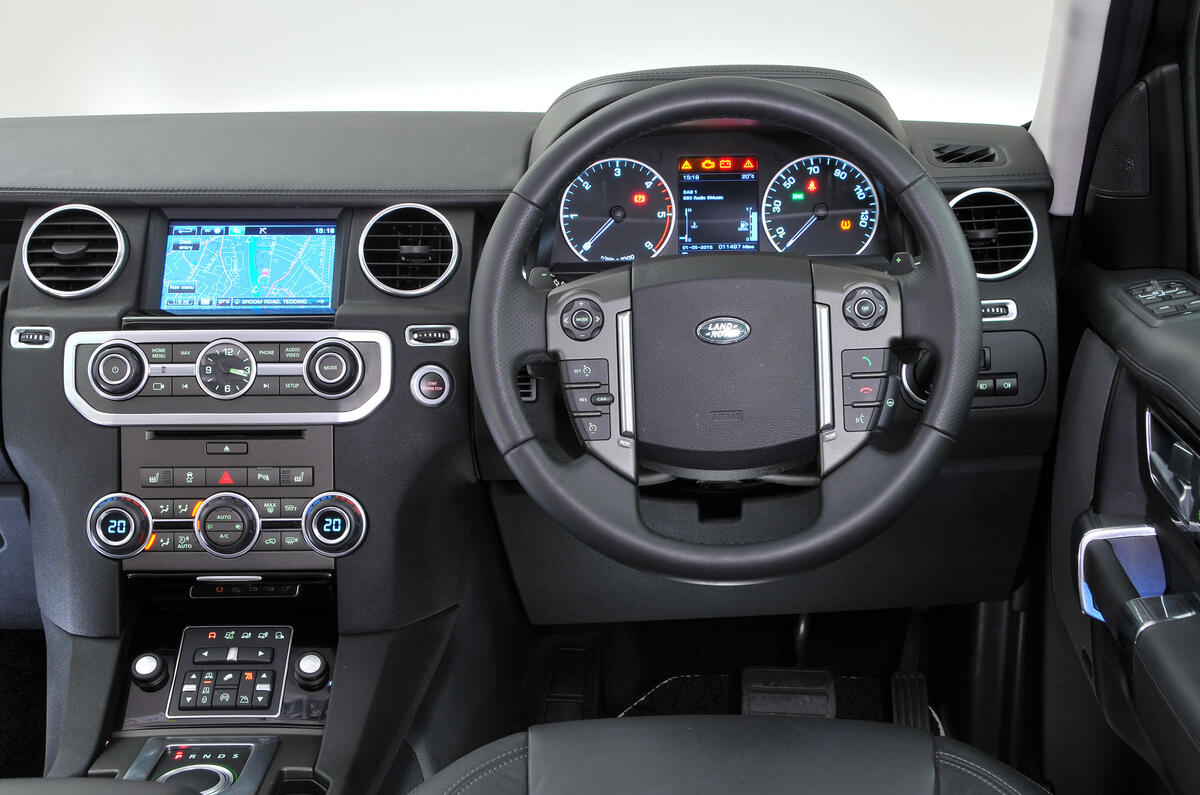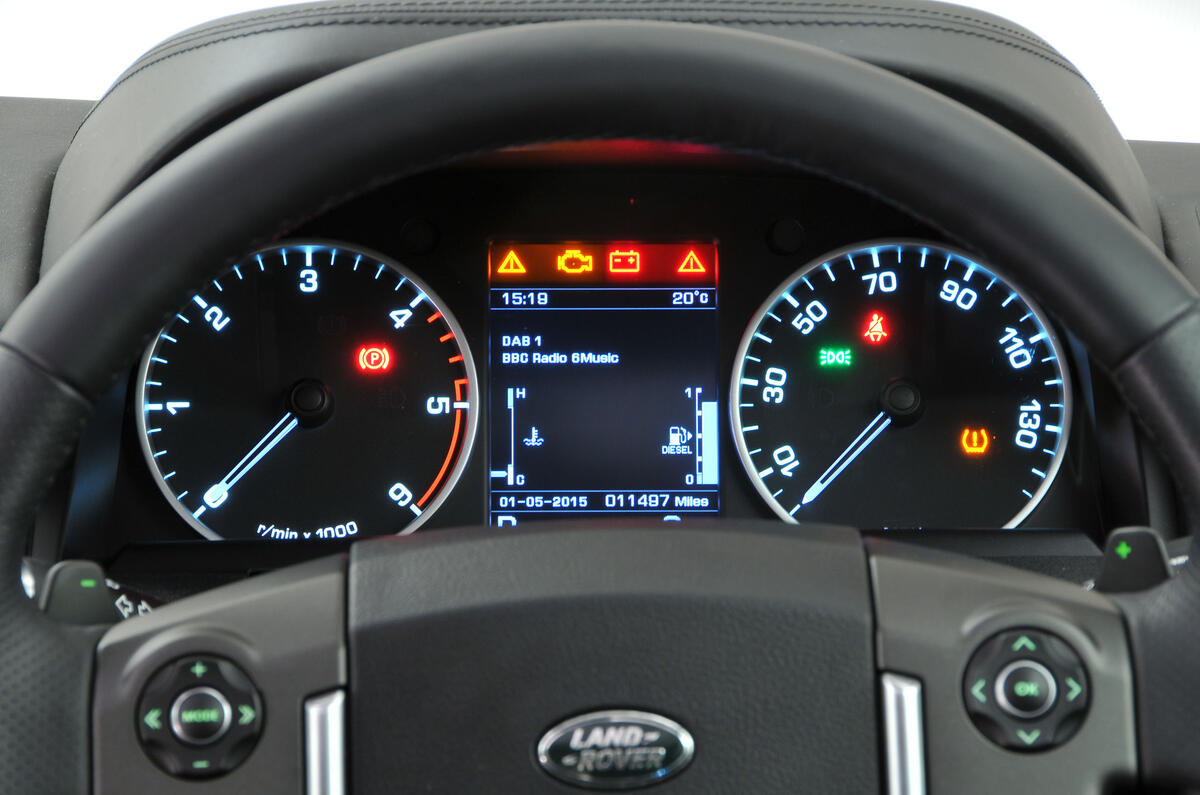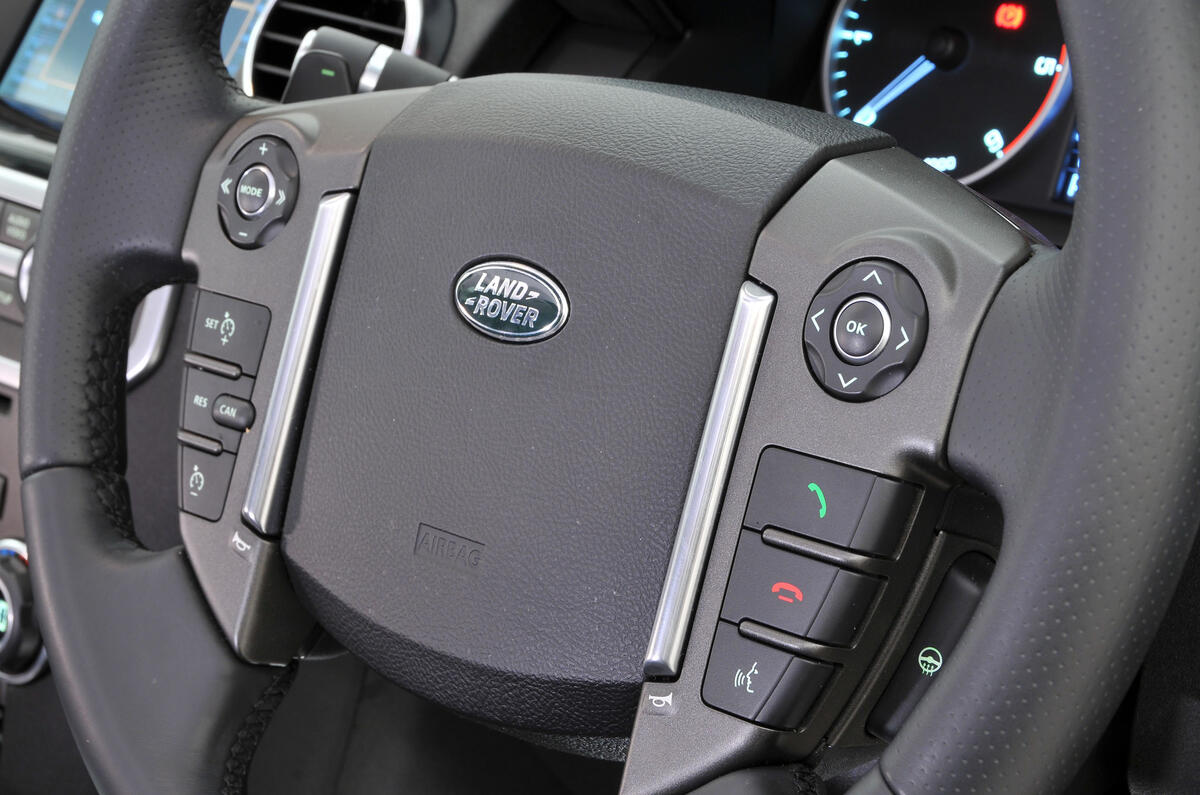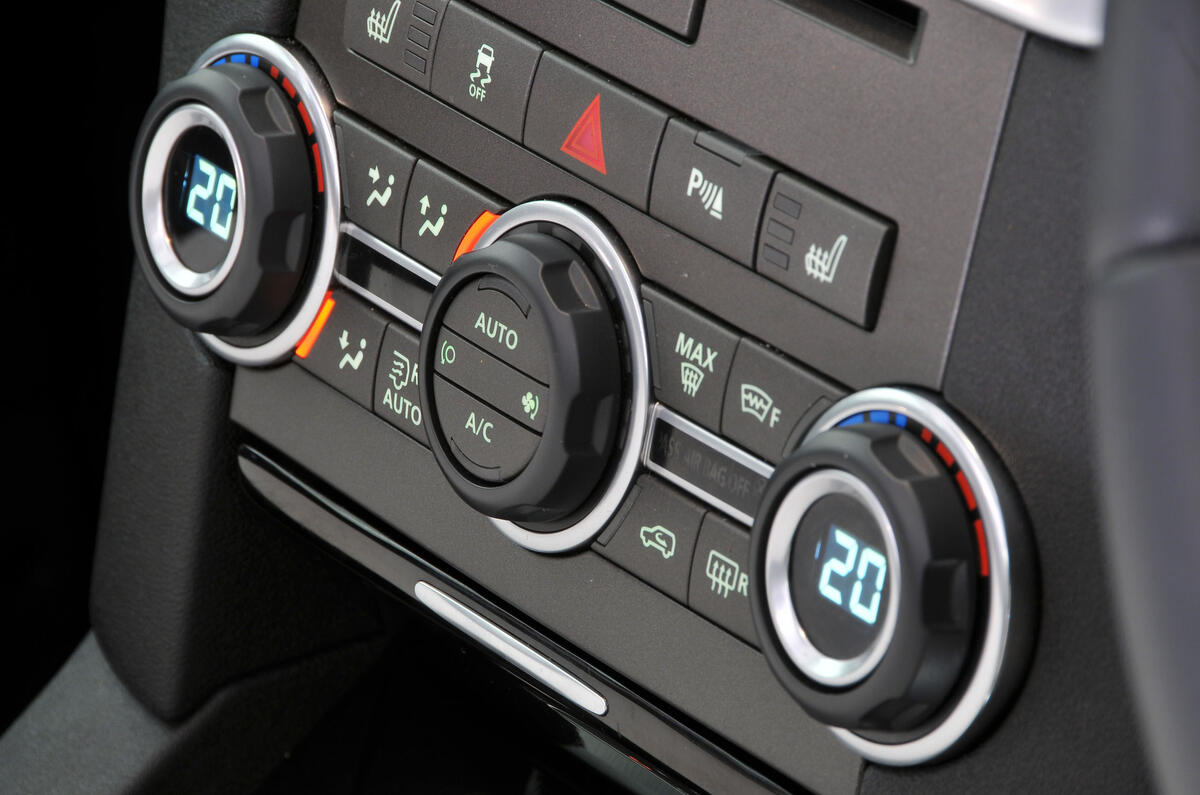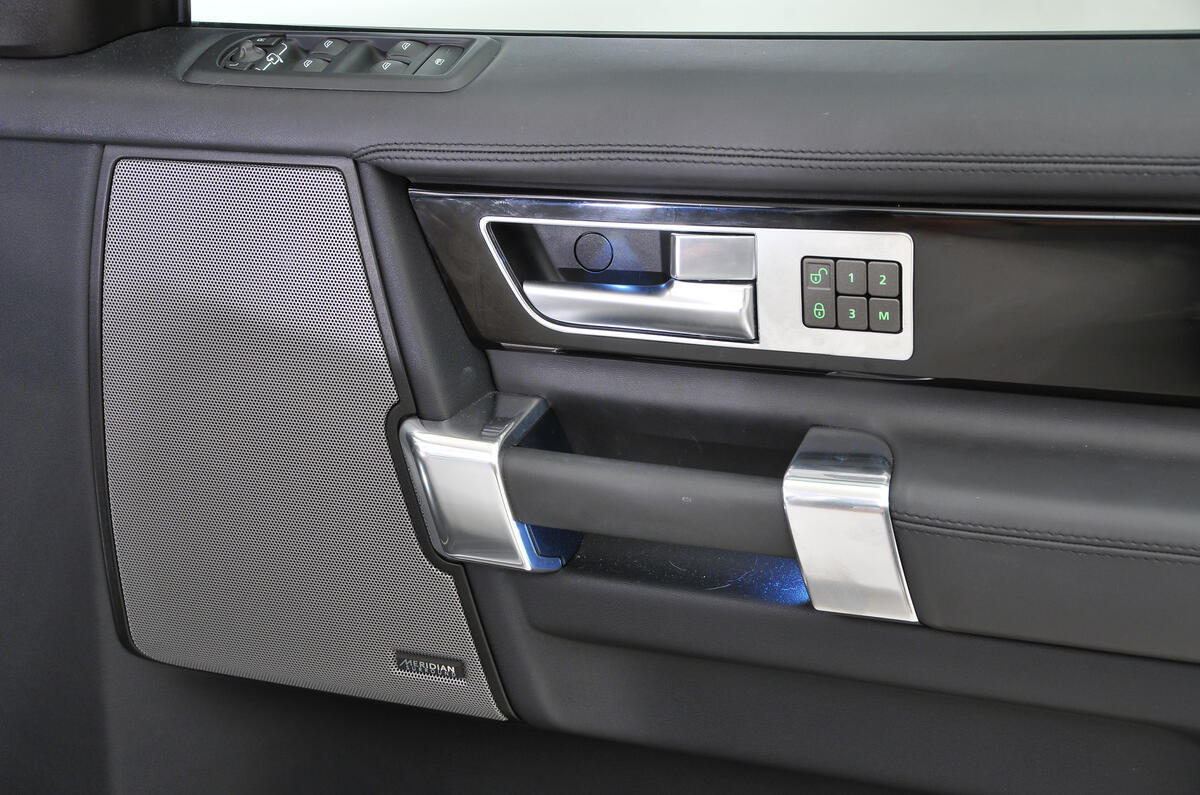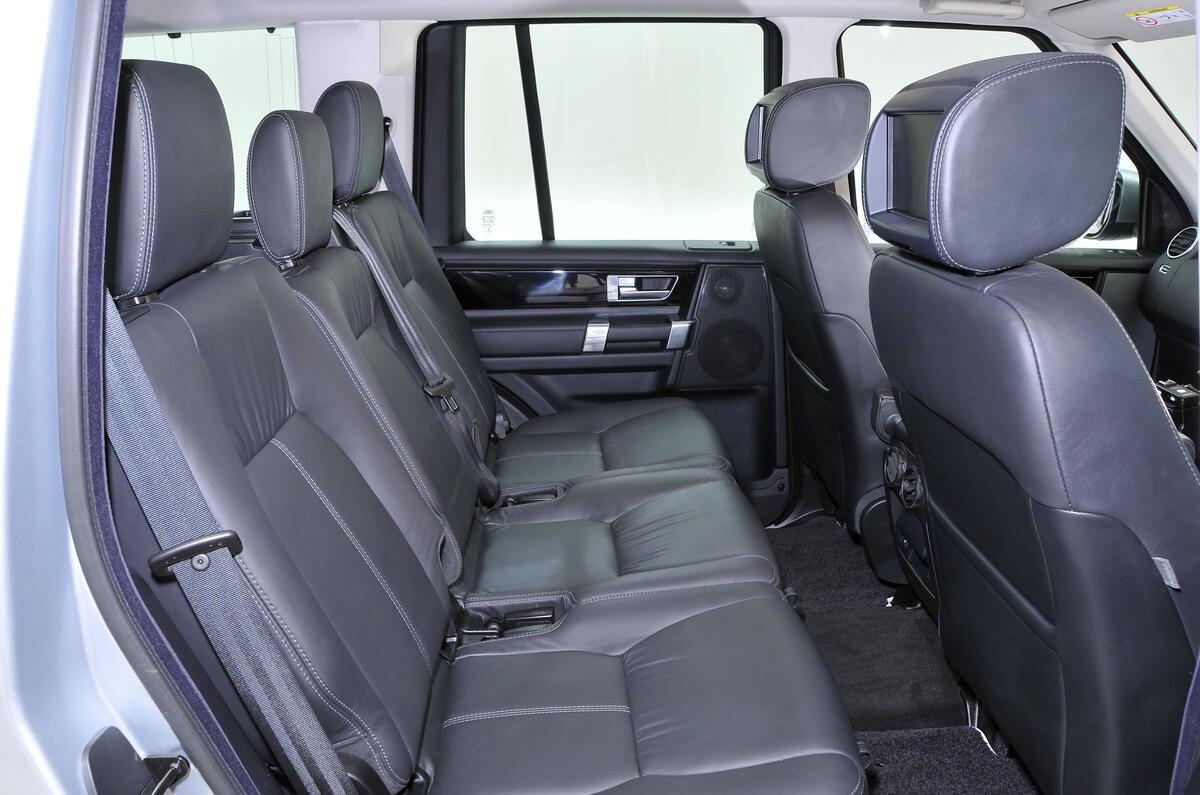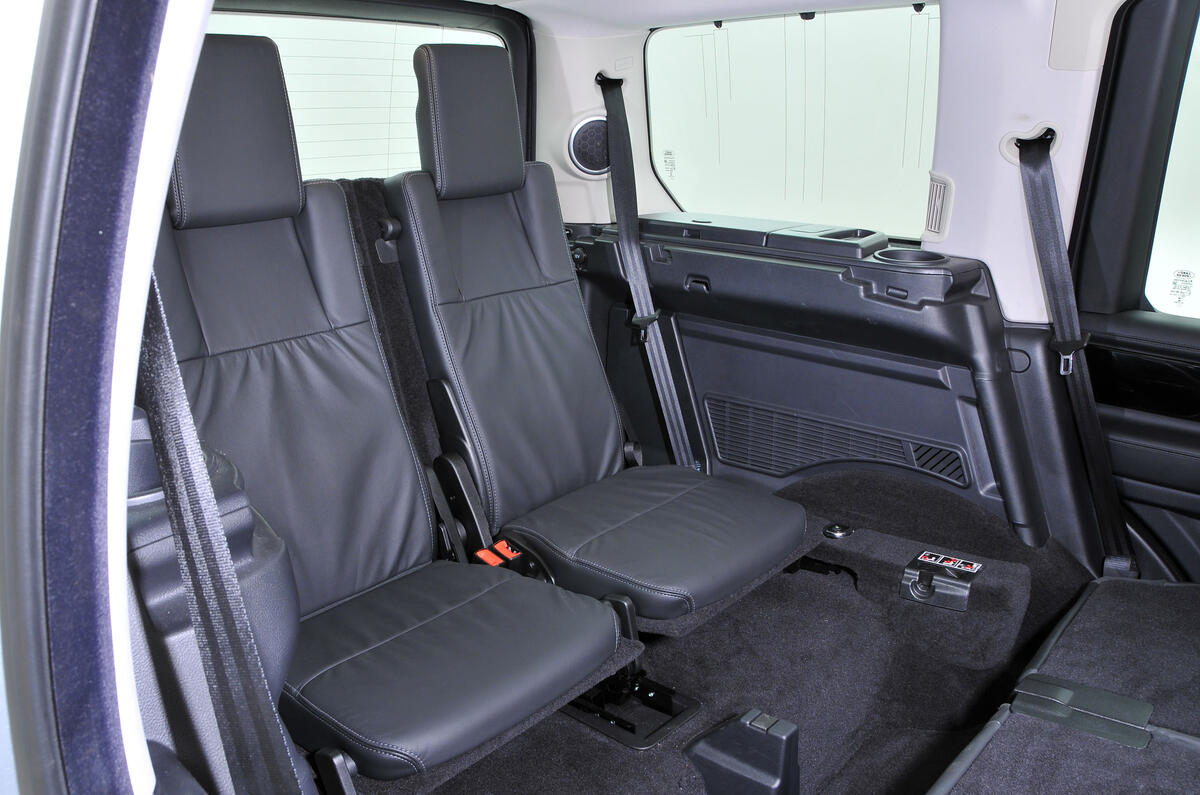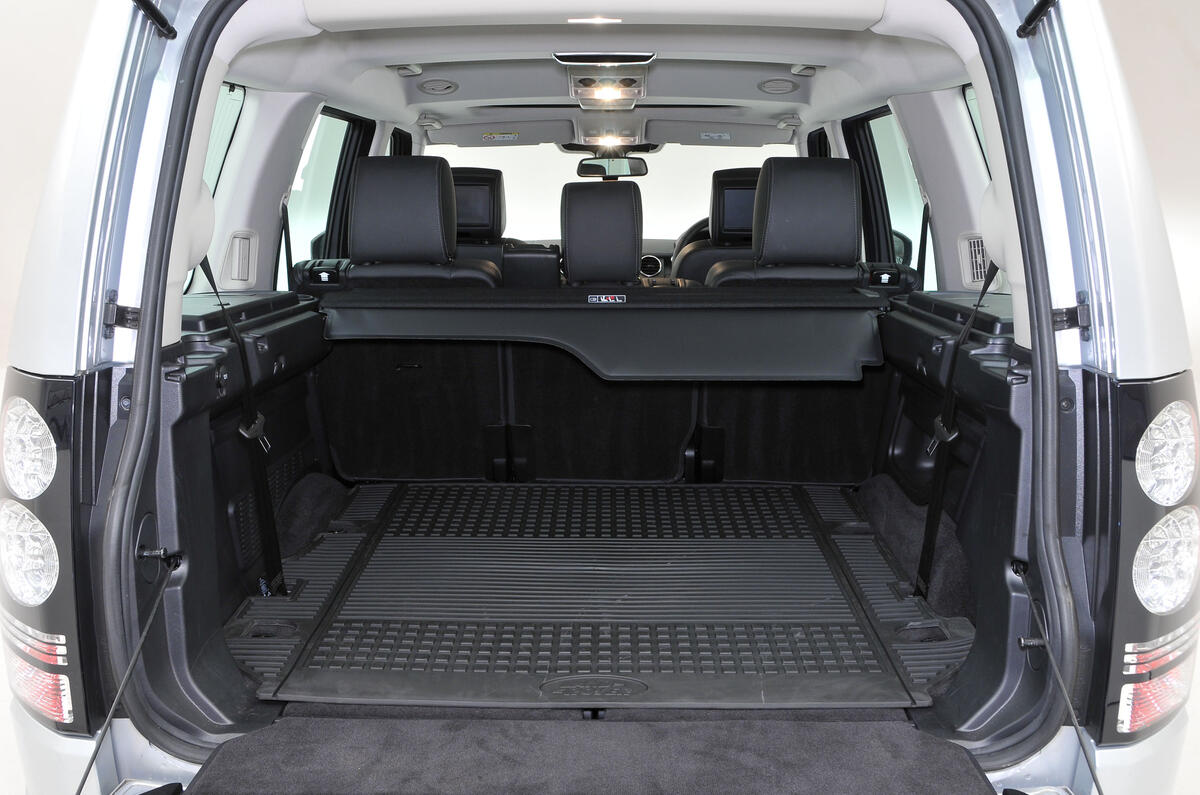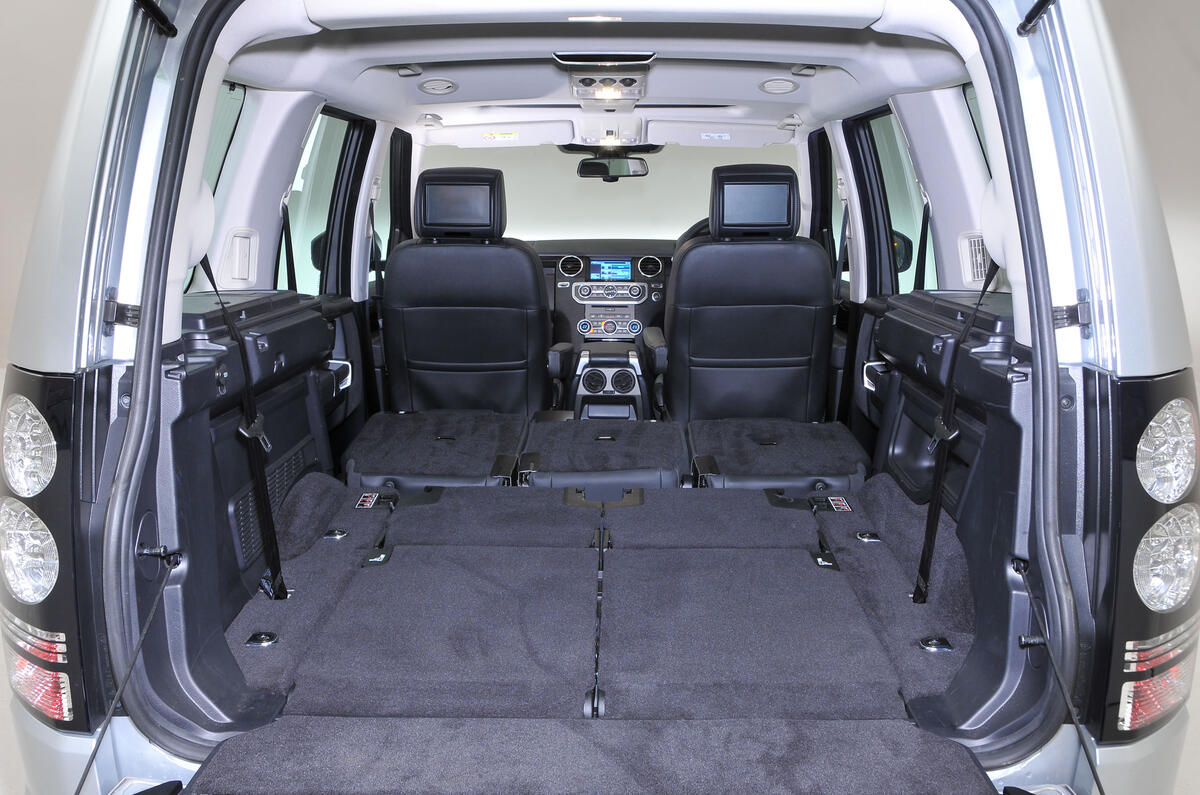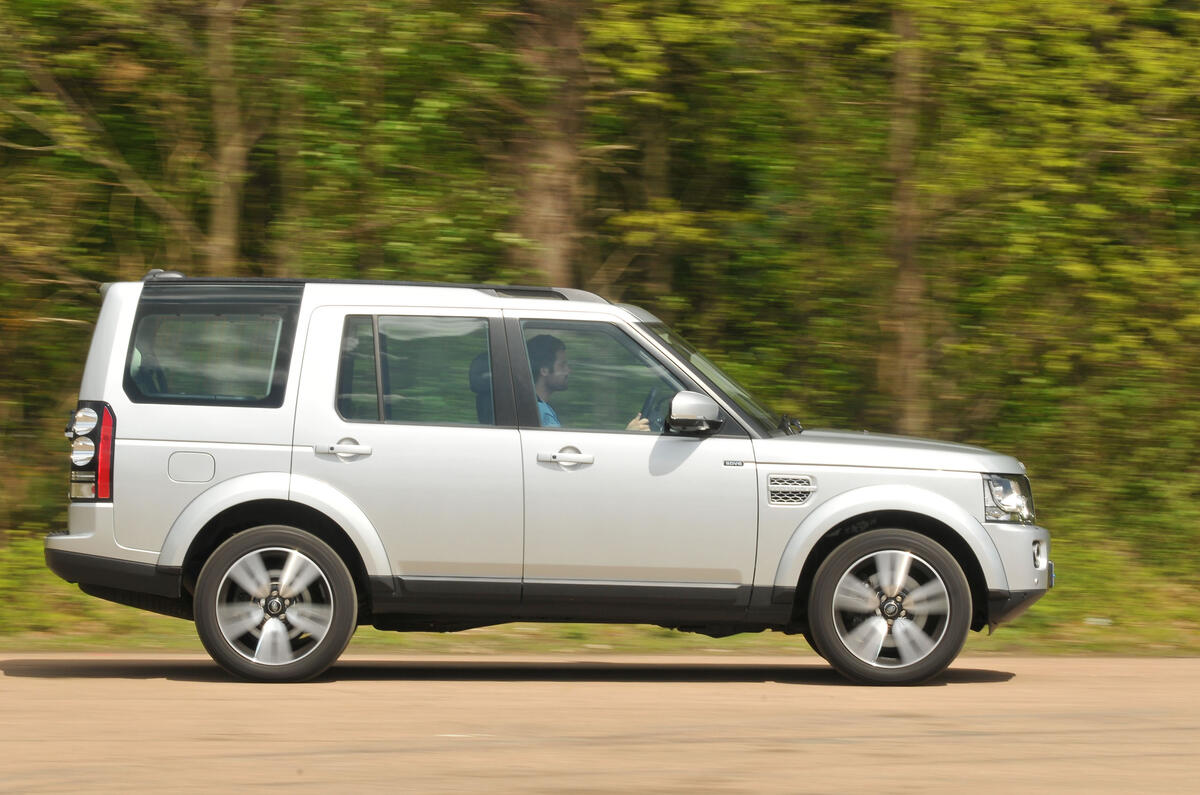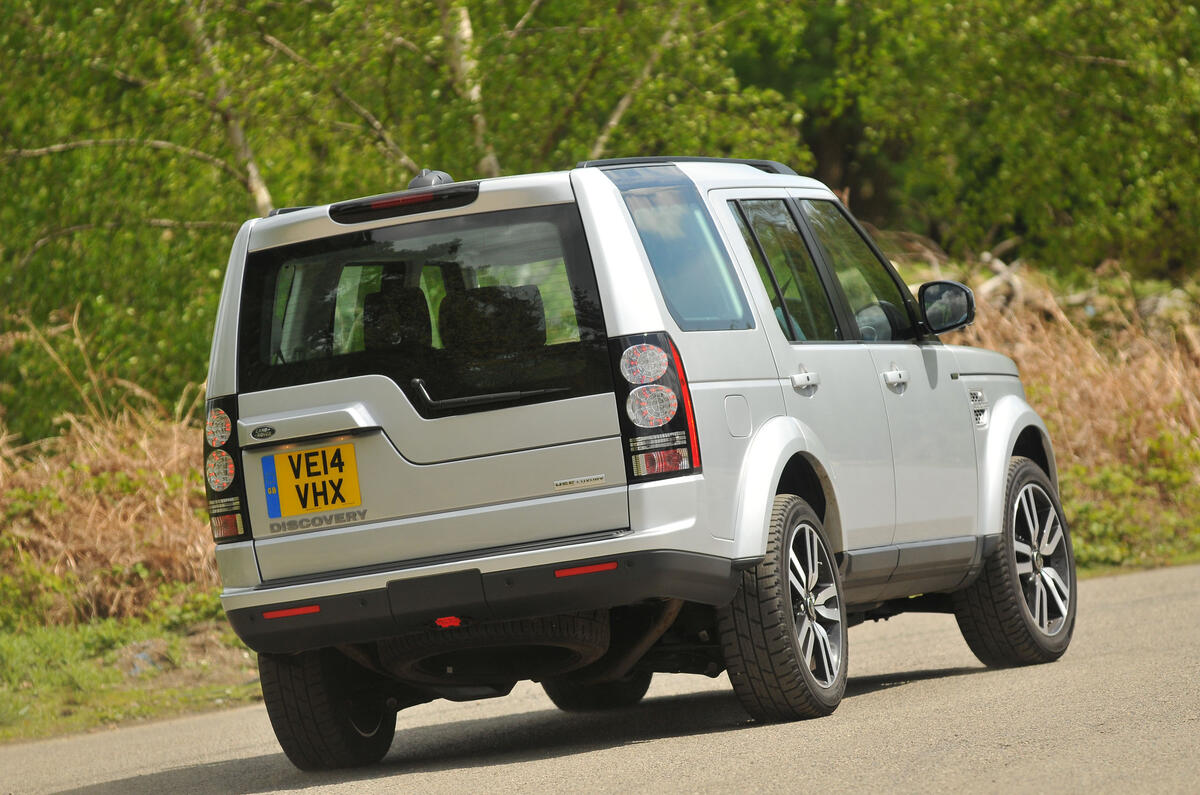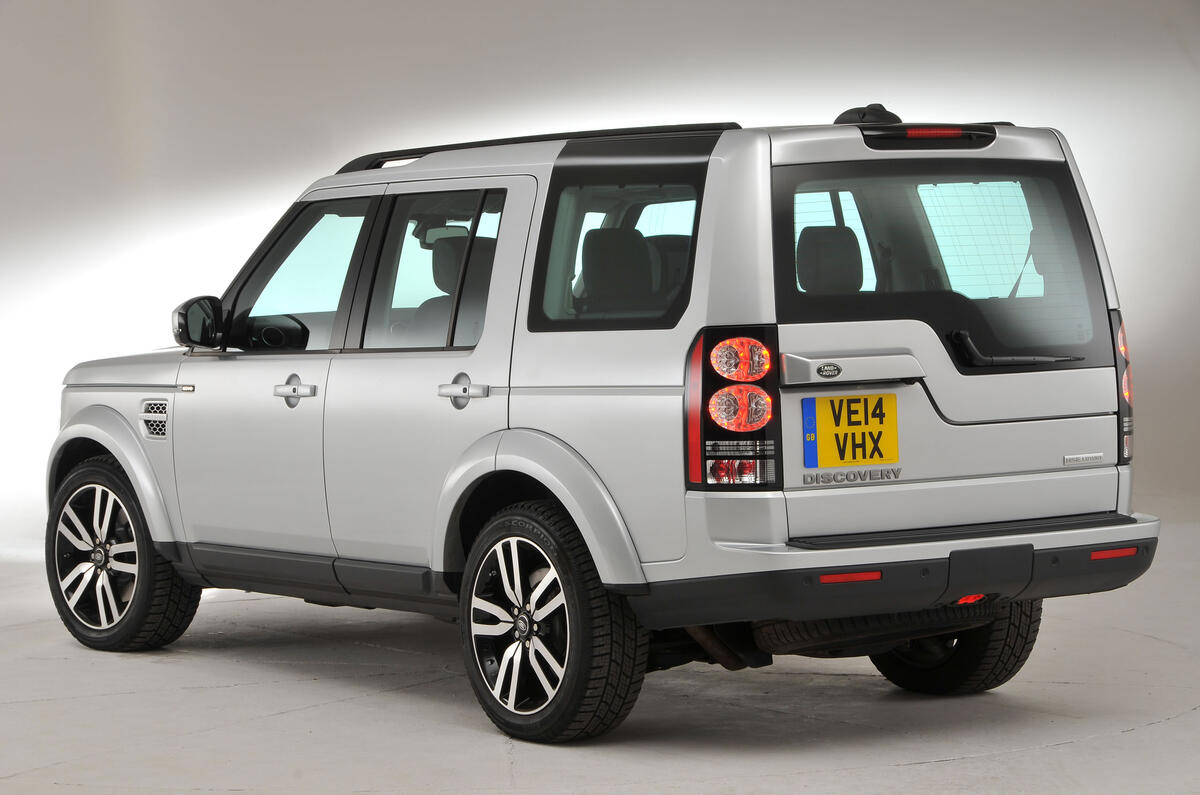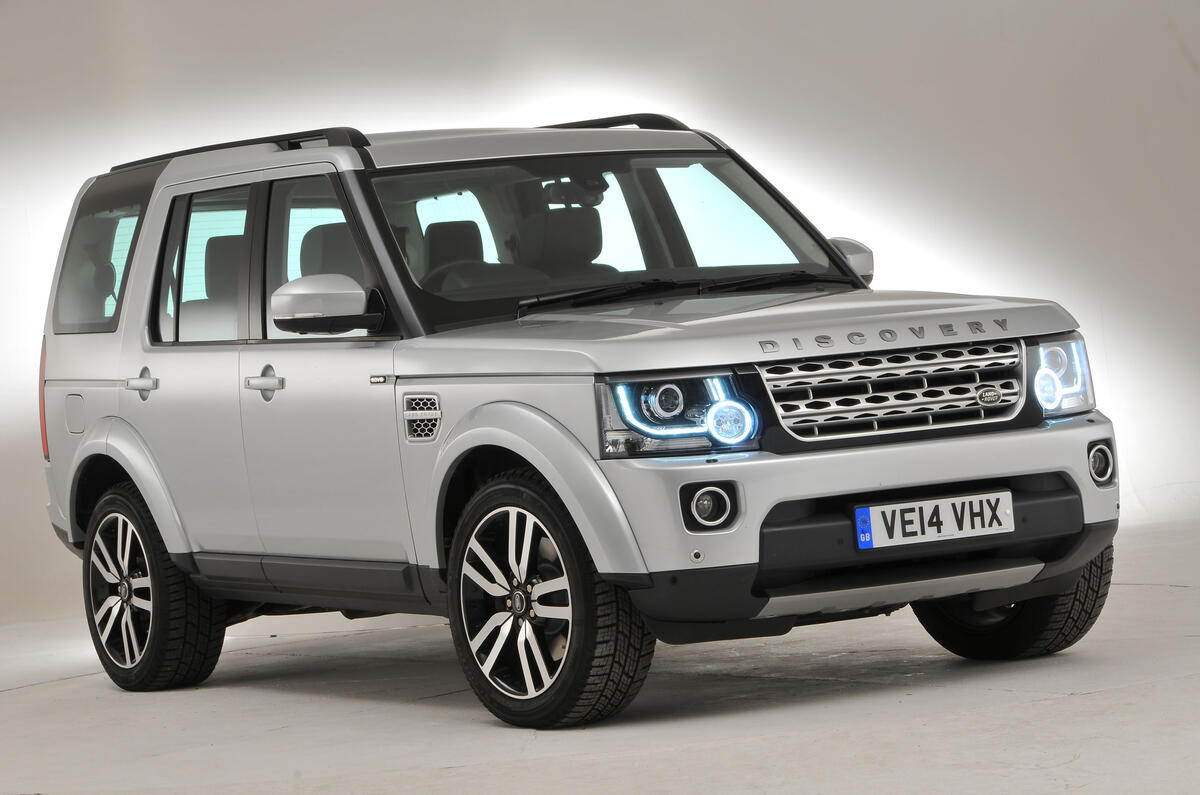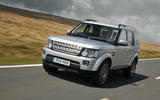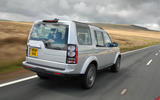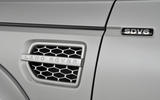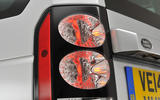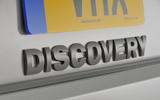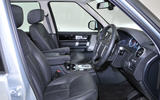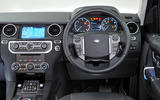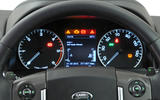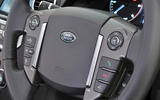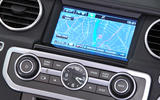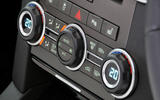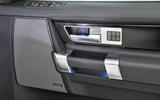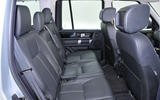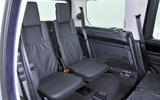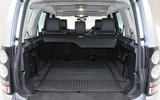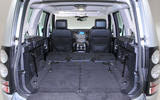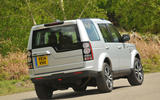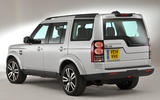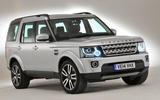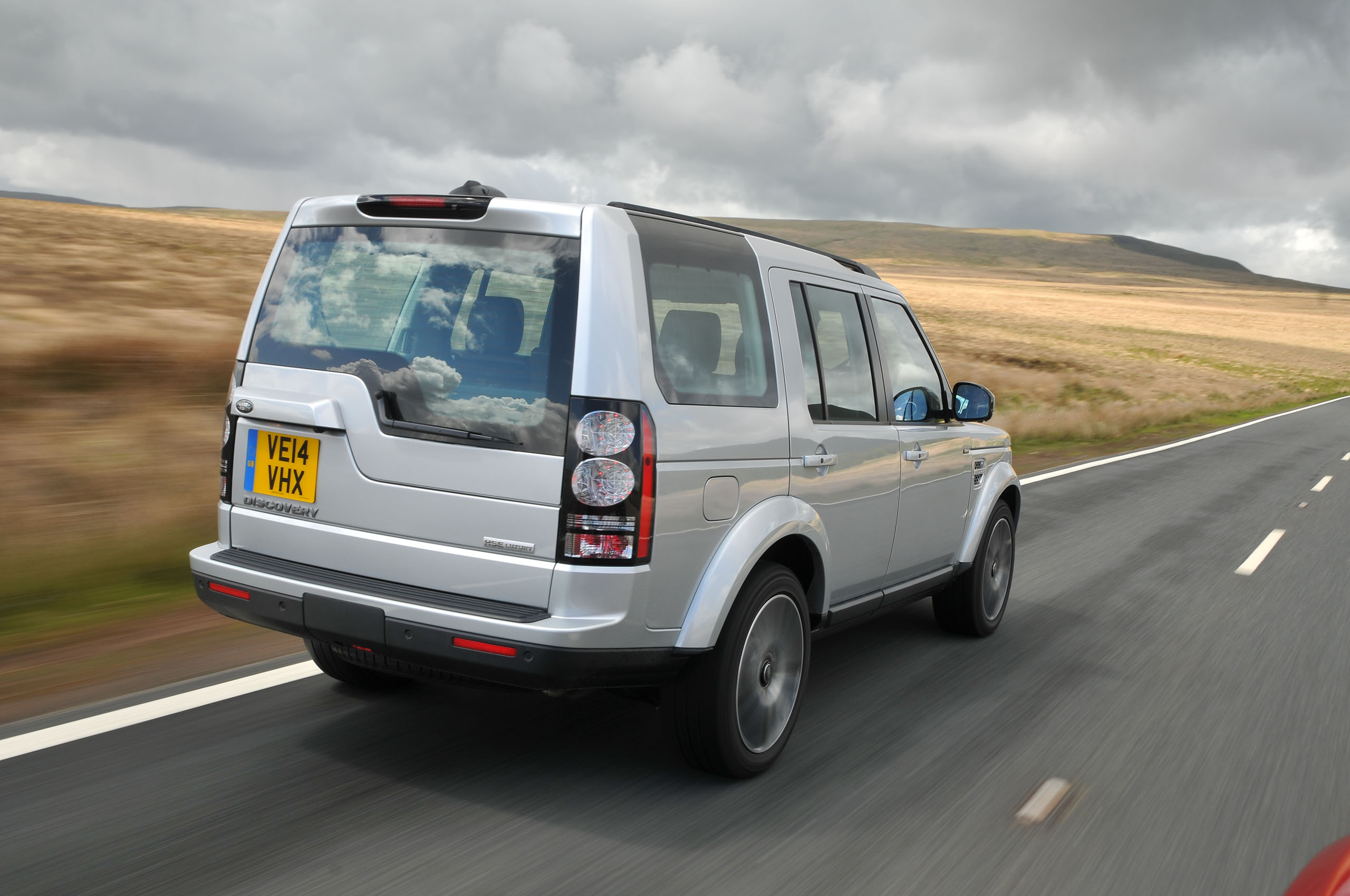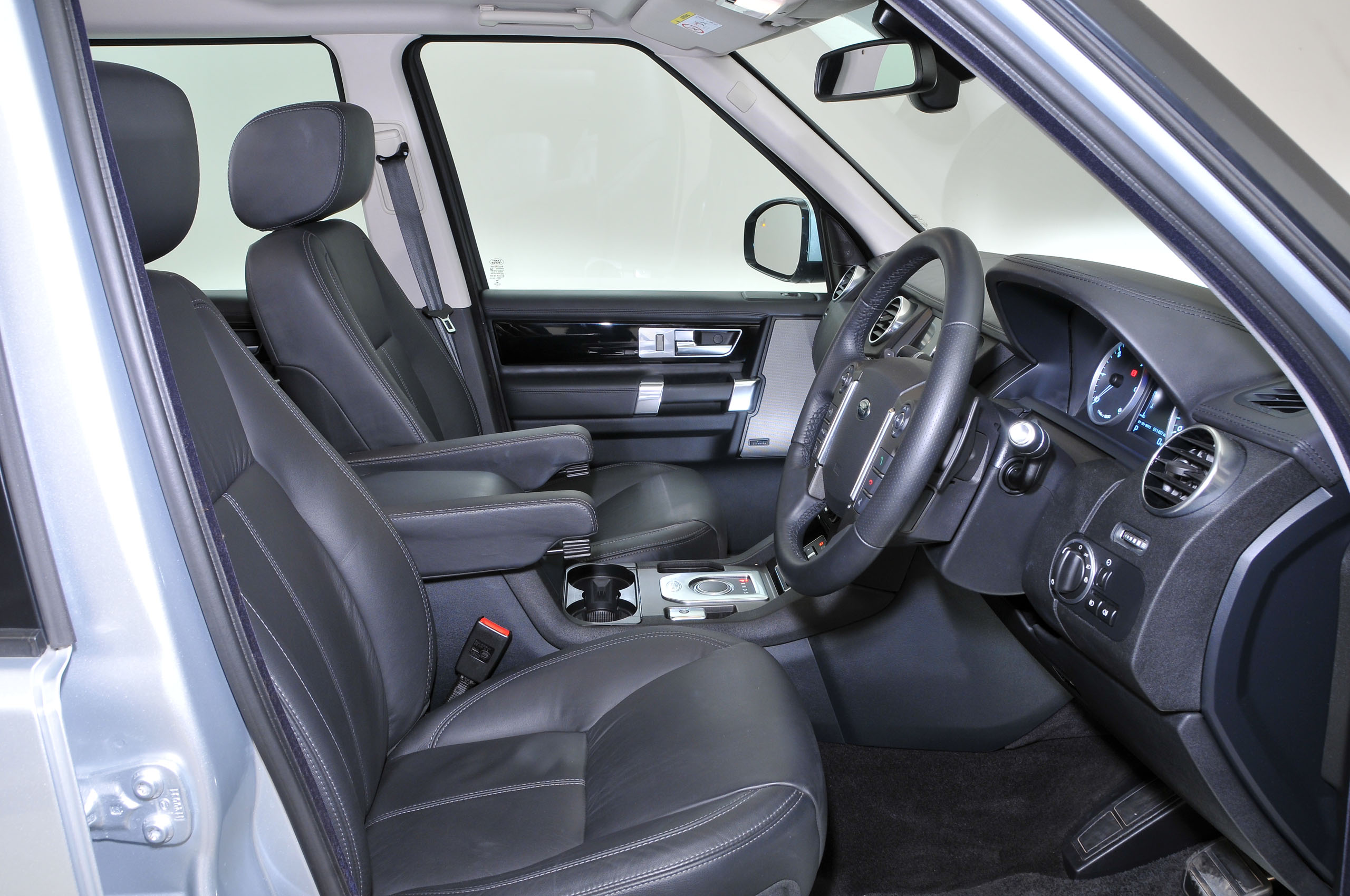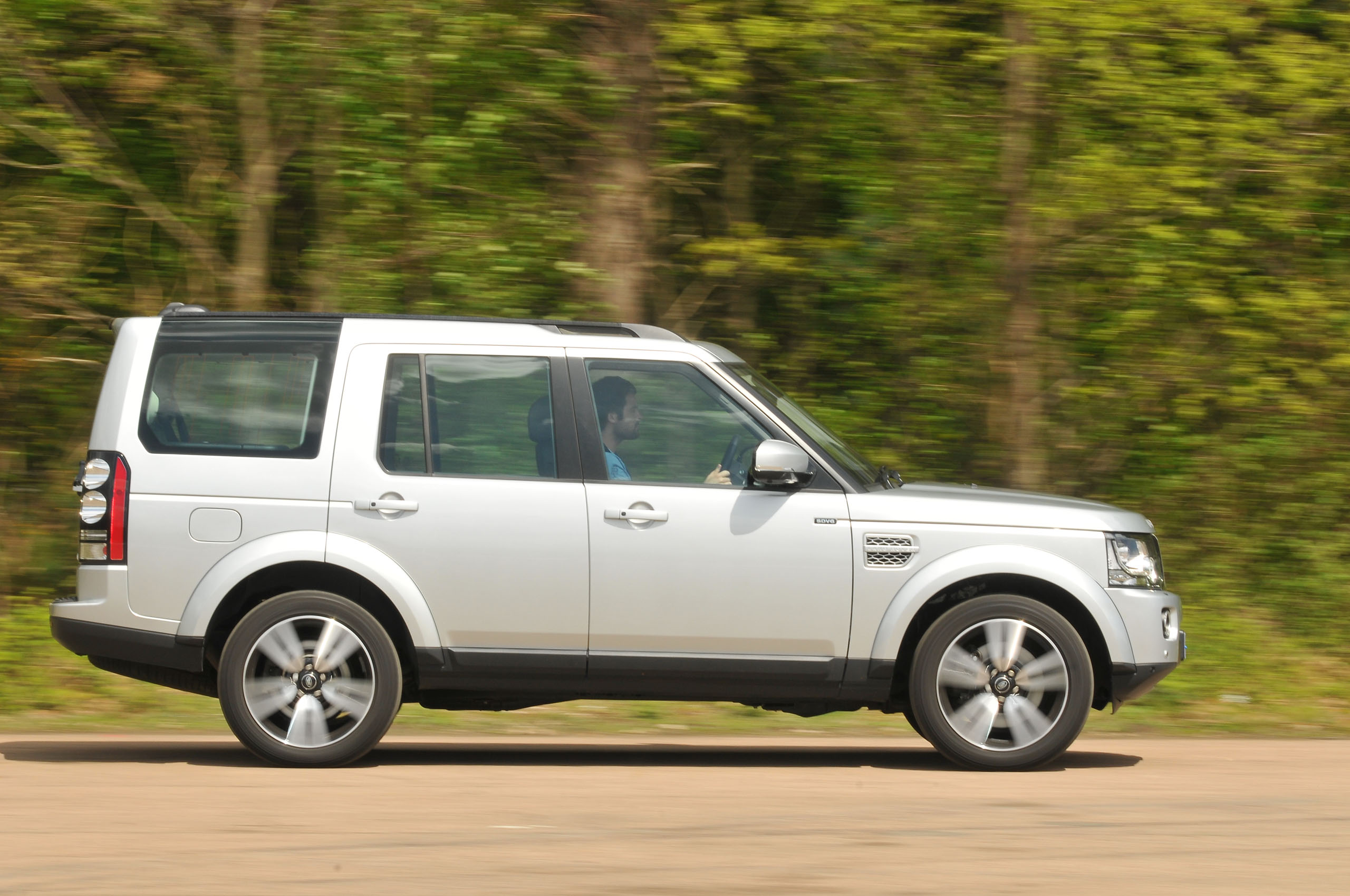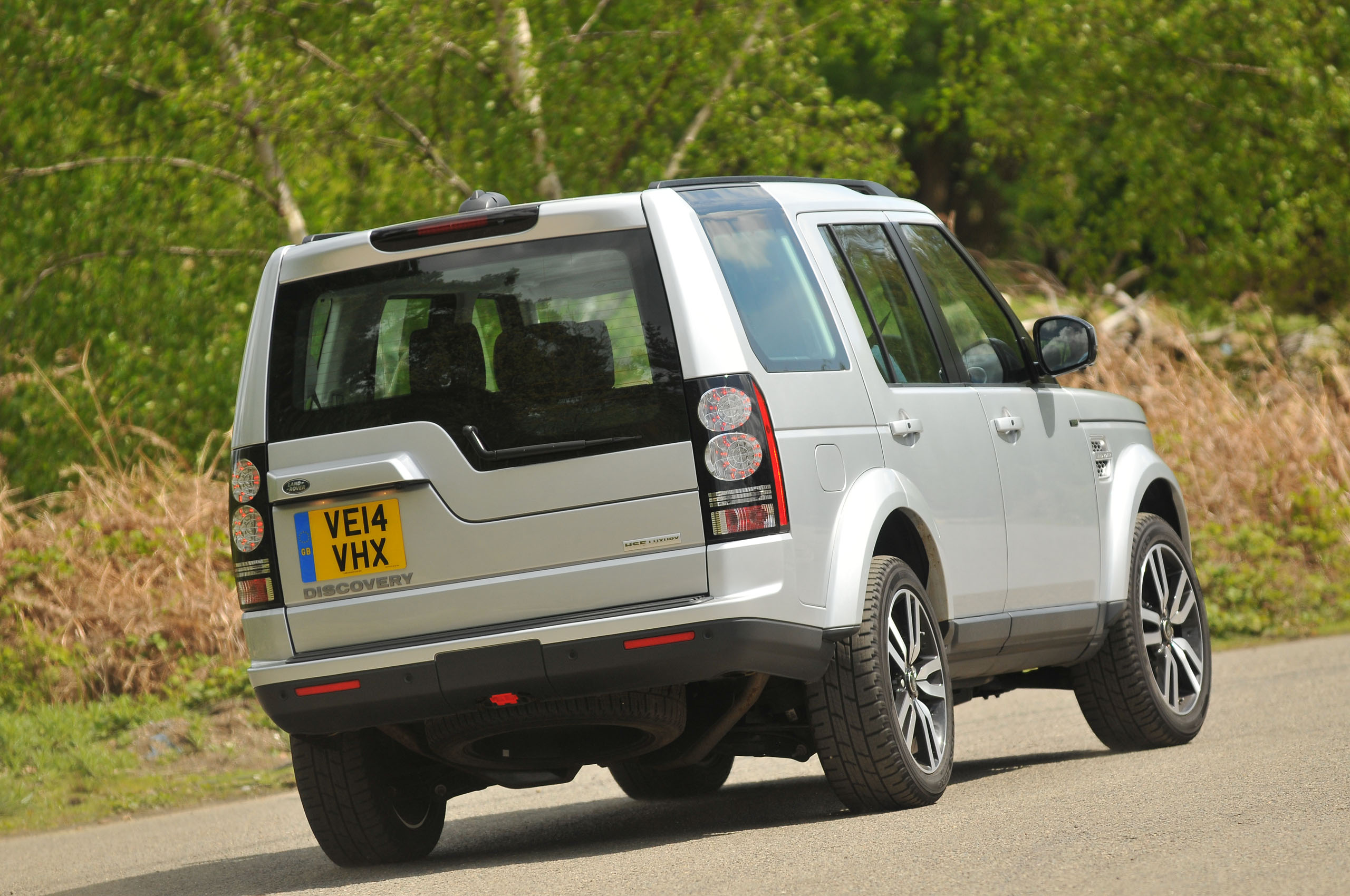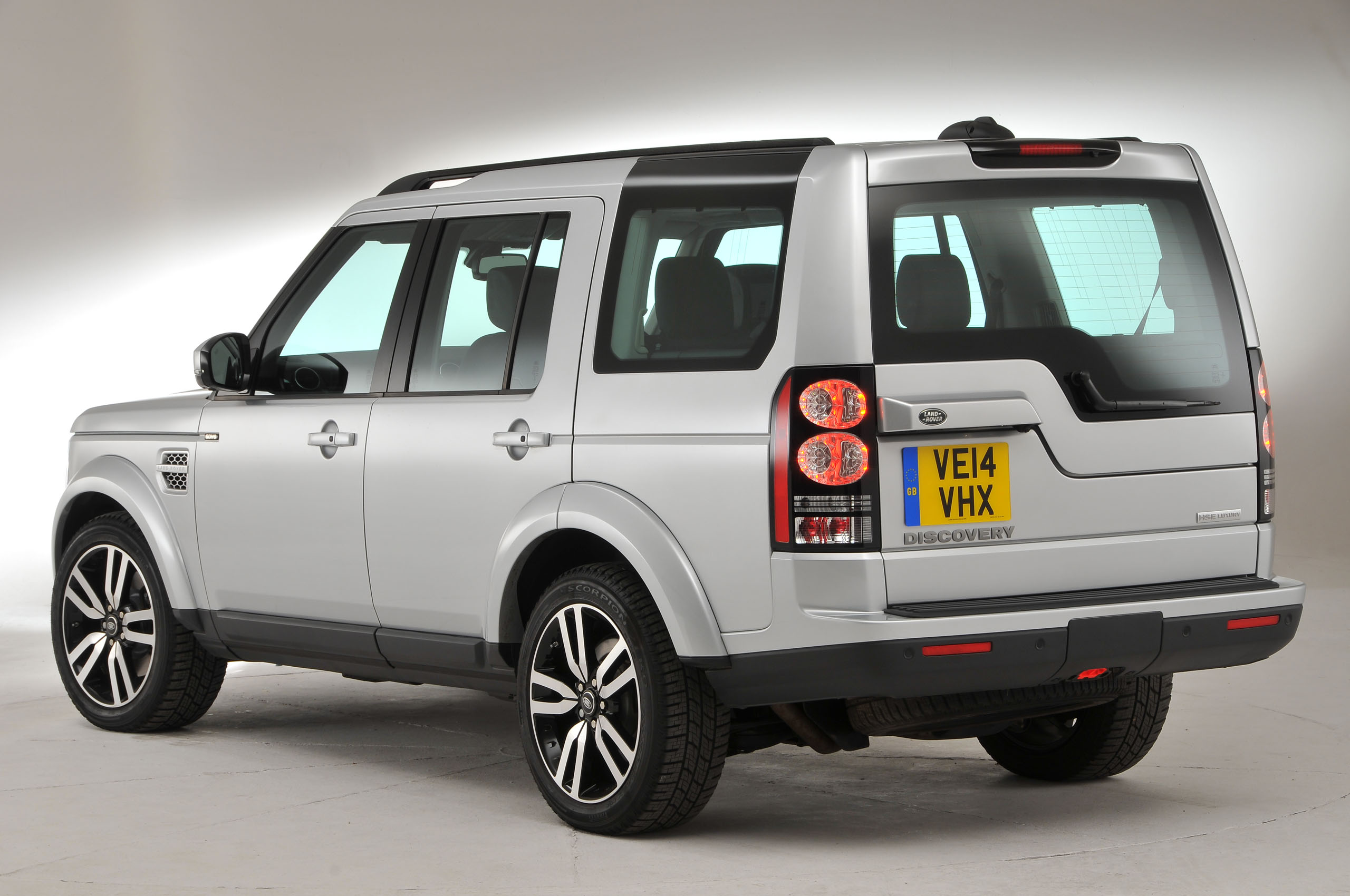The hardy but handsome Land Rover Discovery 4 is one of the best second-hand 4x4s you can buy today, and its go-anywhere usability and load-lugging versatility can be yours for as little as £3000.
Rather than start afresh for the fourth-generation Discovery, Land Rover took its already successful – and slightly more minimalist – Discovery 3 and evolved it into a ‘new-generation’ model.
Various components were fettled to improve both on- and off-road performance, while also boosting cabin appeal.
While the Discovery 4 retained the 3’s boxy, chunky aesthetic, Land Rover designers Gerry McGovern and Andy Wheel gave it a more luxurious finish, heavily influenced by the Range Rover.
Purists scoffed at the notion of this no-nonsense 4x4 in an evening dress, but body-coloured bumpers and tweaks to the headlights and tail-lights helped enhance the Discovery’s look.
Inside, the Range Rover-ification of the Discovery was laid bare with new soft-touch materials, chrome elements and a slick new touchscreen, giving an upmarket, premium feel to the cabin. And yet the 4 didn’t lose any of the 3’s functionality: it still came with heaps of buttons and switches for all the important controls.
Being more of a heavy facelift than a totally new car, the 4 was based on the 3’s Integrated Body Frame (IBF) chassis. Early models also used the same 2.7-litre diesel V6 engine, although this was soon swapped for a twin-turbo 3.0-litre V6 that made 242bhp.



